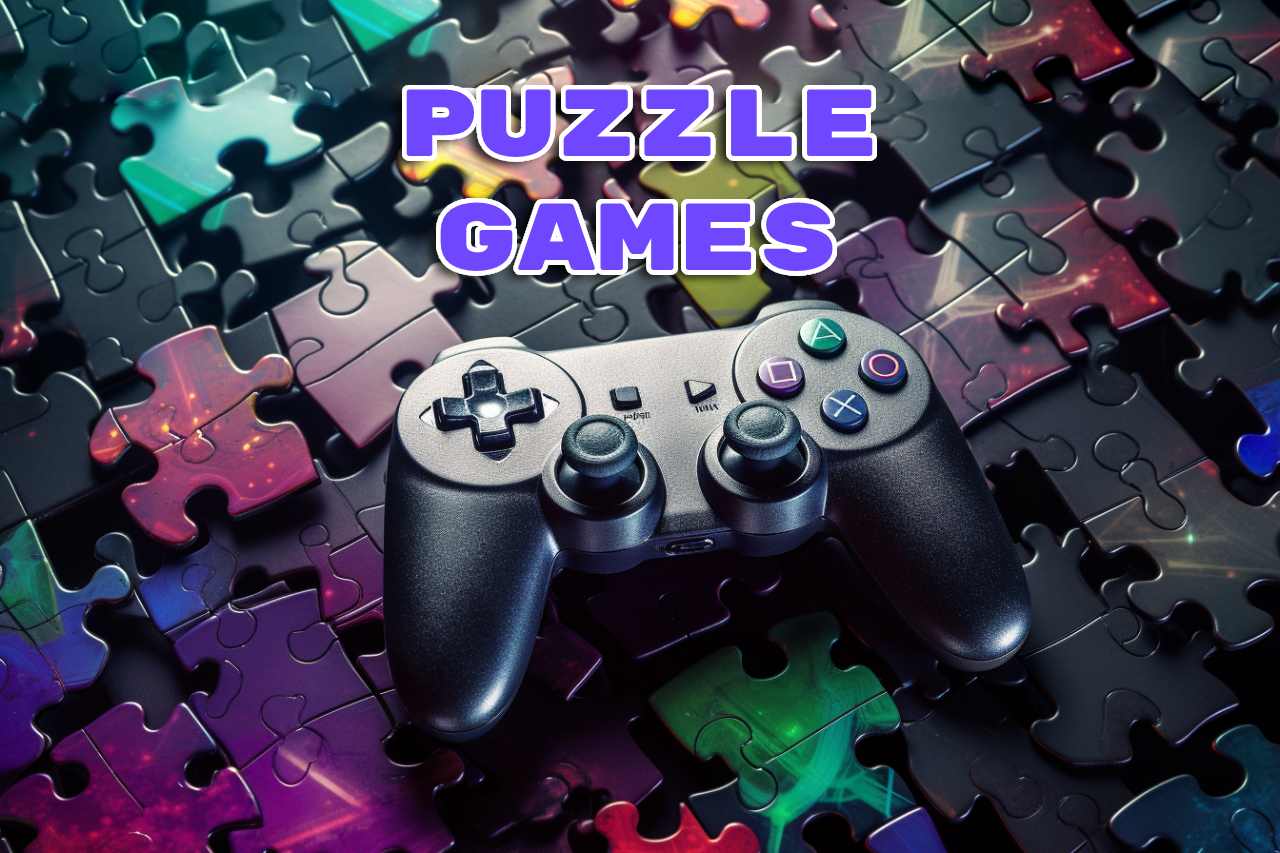Puzzle games contain so many challenges and brain-teasing elements that give every player an enjoyable moment when finished.
In fact, they help the brain releases dopamine, craving more and more puzzle-solving challenges.
While other game genres keep dominating the gaming industry, puzzle games still have a place for a majority of gamers, especially those who love finding solutions.
The Origin and History of Puzzle Games
Unlike other video game genres, where you can do things you can’t actually do in real life, puzzle games are likely based on or get inspired by real-world puzzles.
That said, let’s take a deeper look into individual phrases of this genre!
Early Beginnings
In the ancient age, when computers and fancy board games weren’t invented, people already had ways to entertain themselves, such as music, dancing, and playing games.
Yes! You heard it right! But it’s not video games we’re playing nowadays.
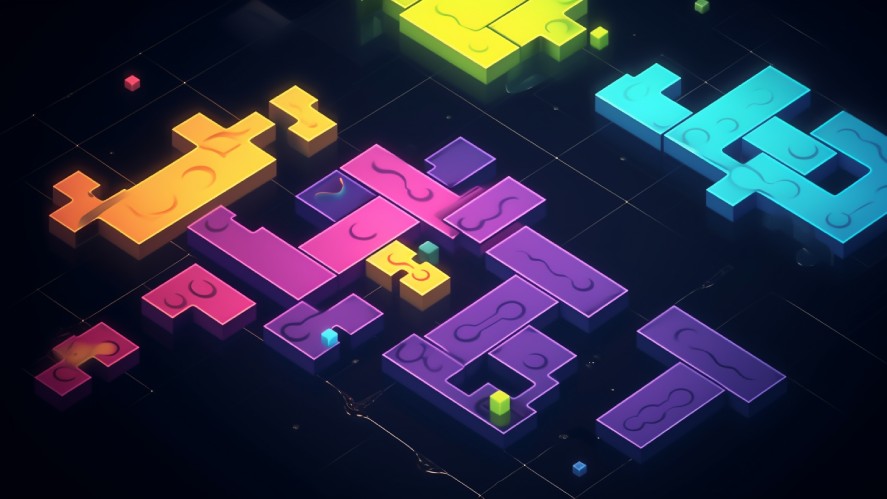
Instead, we talk about ancient puzzle games that were carved in stone or drawn on paper.
Later on, we have more advanced physical puzzle games like jigsaw puzzles, the problem of Benares Temple, or sliding puzzles.
Not only do they help people relax after a long day working, but they also trigger the brain to improve thinking, concentration, decision-making, and problem-solving skills.
Emergence in Digital Form
As technology advances, we have computer-based puzzle games. The first concept of puzzle games in the digital form is to mimic all the existing games in the real-life world.
However, the gaming industry keeps evolving, pushing the boundary and possibilities of this genre in the digital era.
Taking off from simple gameplay and graphics, we have puzzle games with physics-based (Cut the Rope), programming games, or hidden object games (HOG), which mainly focus on the graphics side of the game.
Successful Examples of Puzzle Games Over the Years
To familiarize yourself with this game niche, let’s take a look at some of the most popular puzzle games over the years!
Classic Puzzle Games
The graphics and hardware were still limited in the first stage of video game development, and developers focused more on gameplay. Having said that, let’s talk about the best two puzzle games: Tetris and Sudoku.
1. Tetris: The Revolutionary Block-Stacking Game
When it comes to matching games (or block-stacking), Tetris is a giant monument in the gaming industry.
The concept is simple. You need to control the falling blocks and rotate them to form a full line of bricks, which will disappear afterward.
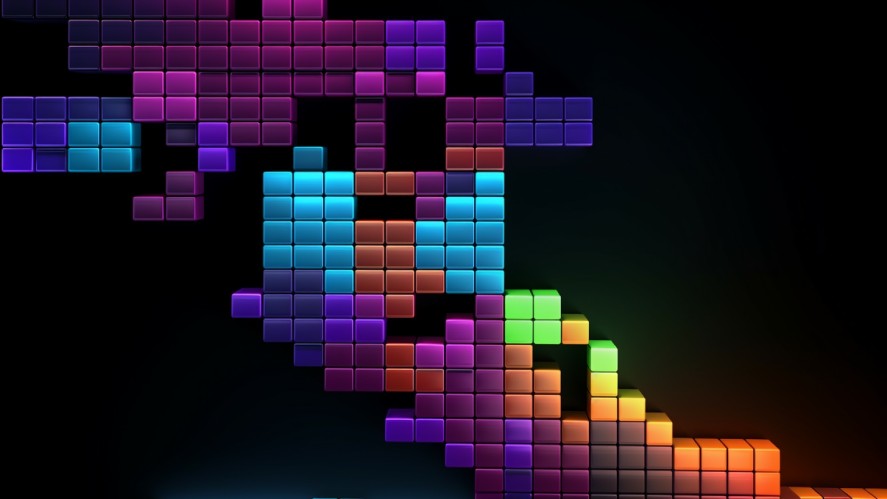
But if you can’t and let the bricks stack all the way to the top, you have to start over. There is only one goal in Tetris, to survive as long as possible.
With its simple concept and appealing gameplay, Tetris helps boost puzzle games into a new zone. Nowadays, people are still playing Tetris and its different variants.
2. Sudoku: A Numbers-Based Phenomenon
If Tetris is all about shapes and colors, Sudoku, on the other hand, is all about numbers and their distribution.
Sudoku actually has an ending. So the more number you fill in the grids, the more progress you make. And, of course, that creates a sense of progression, as well as satisfaction.

Although the concept was fairly new when the game was introduced, it still gained popularity because of its simplicity and accessibility.
Modern Puzzle Games
As technology and game engines advance, puzzle games become more and more intriguing. Not only do they have unique gameplay and mechanics, but they also have good graphics that can attract players of all ages.
1. Portal: A Mind-Bending First-Person Experience
There are so many things to talk about Portal. We all know that solving a problem to open a door and proceed to the next room is what puzzles cover.
However, Portal brings a different experience by utilizing the first-person gameplay, as well as its unique mechanic – the ability to create portals.
The game has an immersive story and soundtrack, making it worth mentioning with 4 million copies sold.
2. Monument Valley: Merging Art with Puzzles
With a minimalist graphic style and the gameplay revolves around optical illusion and manipulating objects in the room, Monument Valley brings a unique experience to the puzzle game genre.
The game receives many positive reviews, inspiring other kinds of games to follow and further enhancing the gaming experience for gamers of all ages.
Another successful example would be Braid. The game combines puzzle with the platform genre together and introduce a new time-manipulation mechanic.
The Development and Publishing of Puzzle Games
In this section, let’s go through the development and publishing work of puzzle games, as well as the challenges when developing one and the future trends of this game genre.
1. Crafting Engaging Puzzle Experiences
In recent years, puzzle games have tended to implement the elements of other game genres. Finding a successful PC puzzle game with just pure puzzle elements is challenging.
Having said that, game developers must always find innovative ways and creative mechanics to put into their games while still maintaining the balance of challenges and accessibility.
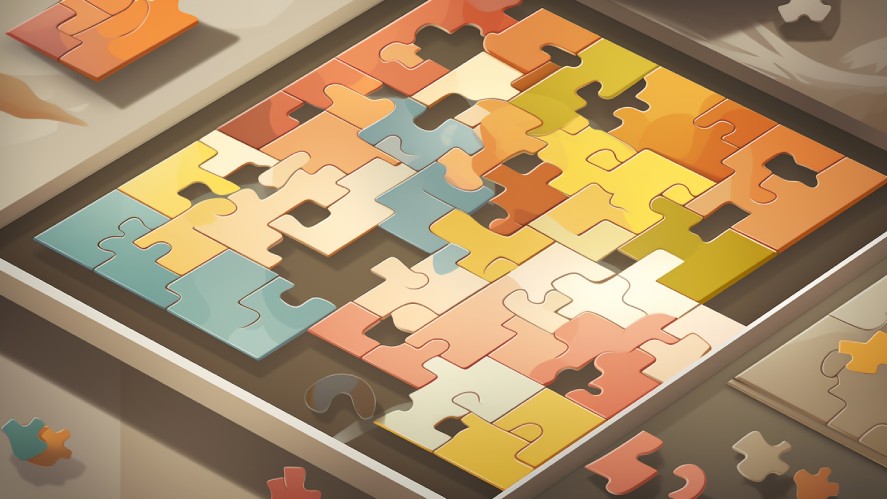
Highlighting which objects can be interacted with or providing several ways to solve a puzzle can keep the players engaged, suitable for both casual and hardcore gamers.
When they have established the core concept and the approach of the game, enhancing it with immersive storytelling, graphics, and music is a must.
2. The Puzzle Game Development Process
Developing a puzzle game requires multiple steps. First, you must define the goals and the core mechanics that drive puzzle-solving.
The puzzle must not be too easy because it may bore the players. On the other hand, complex puzzles make them rage quit right at the beginning.
You must prototype and playtest your game first to ensure its viability and fun factor. In fact, most development process requires a testing step.
In addition, level design and progression are important to keep the players engaged and maintain their interest.
3. Puzzle Game Publishing Strategies
Before publishing any game, it’s important to understand the audience’s demographics and preferences. Which age group play puzzle games the most? Or in which country this genre is more popular than others?
Having the answer to these questions can make the design and marketing steps of the whole process easier than ever.
When you’re done with the audience research, it’s time to figure out which platforms you should publish your puzzle game to.

Steam, Itch.io, or GOG are the most popular platforms to publish your PC games. However, consider Google Play and Apple Store if you’re focusing on mobile puzzle games.
Finally, game publishers play a crucial role in publishing your game. This includes financial support, marketing, distribution, and promotion help.
4. Challenges and Opportunities in Puzzle Game Development
In any action RPG game, users can learn and become familiar with a complex system of the UI (or game interface). However, in puzzle games, a quacky design can create confusion.
So, you’d want the puzzle to be the main challenge in your game, not the UI.
Moreover, with many giant competitors in the market, standing out in a crowded place could be challenging, especially if your game doesn’t have anything special.
5. Future Trends in Puzzle Game Development
As technologies keep evolving, we can expect more innovative gameplay that could reshape the gaming industry, including puzzle games.
In addition, we already see puzzle elements have already enhanced other game genres. So, let’s finger cross that puzzle mechanics will be integrated into various types of games!
What Makes a Good Puzzle Game?
At first glance, you may think that creating a puzzle game is easy.
That’s partially true! You need to come up with a challenge and a solution to solve it and combine them with graphics, music, and maybe a good story to hook players in.
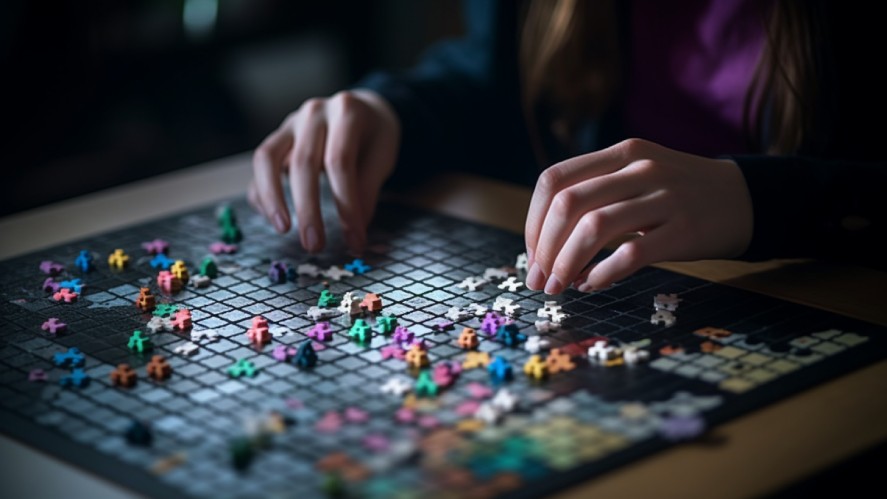
However, to make a good puzzle game, there are more elements to pay attention other than that, such as:
1. Difficulty
Easy puzzles make players bored, and they solve them just for the sake of completion. On the other hand, difficult puzzles without hints can make players rage quit.
2. The puzzle type
You must determine whether your puzzle game is a matching, sequencing, sliding, or physic-based type.
3. The sense of progression
Not all puzzle games have this. However, games with a sense of progression, like Sudoku, tend to hook more players.
4. Linear or non-linear gameplay
In linear gameplay, the player can only play levels after levels (Candy Crush, for example). Whereas in non-linear games, the players can pick any level they want.
Non-linear provides players freedom but can make it difficult for the developers to implement the proper story into the game.
5. Competitive elements (social shares or friends, for example)
Although it’s hard to develop a multiplayer puzzle game, there are multiple ways to implement the competitive aspect into a single-player puzzle game.
One of which is the ability to share the player’s progression to social platforms or the ability to see the leaderboard that contains scores of other players.
6. Replayability
Sudoku or Tetris has great replayability because of their randomness, and there are many possibilities for you to try.
However, in some puzzle games, such as HOG games, the story doesn’t change, and you only need to find the same objects over and over again no matter how many times you replay the game, making it repetitive and not so enjoyable to replay.
7. Graphics, sounds, music, and story
Although puzzle games mainly focus on gameplay, good graphics, music, and story could keep the players engaged.
For example, in the Where’s My Water game, the whole story is about helping an alligator to get a bath. The story doesn’t quite impressive. However, it makes players have a goal besides solving the actual puzzle, which is to help the alligator.
Frequently Asked Questions (FAQs)
Here are the most asked questions about puzzle games!
1. What are the best puzzle games of all time?
This is quite hard to answer, as deciding the best puzzle game depends on a lot of criteria. However, based on multiple research, we’ve found that World of Goo is one of the best puzzle games of all time.
2. Are puzzle games beneficial for cognitive development?
Definitely! Based on this research, playing puzzle games, especially in early childhood, can help players with cognitive development.
3. How have mobile platforms impacted the puzzle gaming industry?
Mobile platforms greatly impact the puzzle gaming industry as they create IAP (in-app purchases) and microtransactions.
Moreover, gamers have the ability to play puzzle games wherever and whenever they want.
4. Can puzzle games be combined with other genres effectively?
Yes, puzzle games can be combined with other game genres effectively. And in fact, they already did this really well!
For example, in God of War Ragnarok, there are more than 30 puzzles that the players can solve to receive rewards. Some puzzles are required in order to progress further into the game.
5. What are some emerging trends in puzzle game development?
As technology and AI advance, we can expect to see more AI-generated puzzle games where AI generates all the levels or even the puzzle mechanics.
Conclusion
So that’s all you should you know about puzzle games, including the origin, history, development, publishing, and future trends for this brain-challenges genre.
Puzzle games will have more influence on the gaming culture, for sure!
Loading survey...

